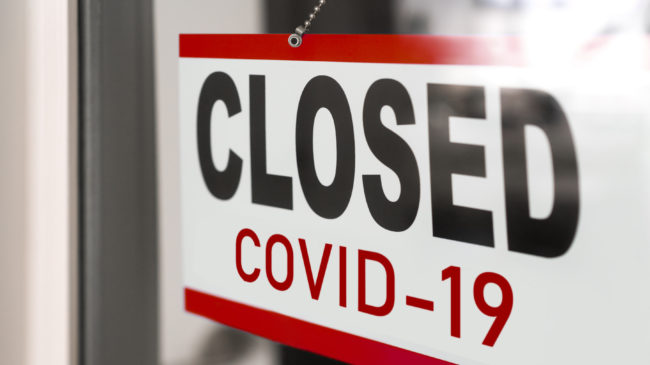SARS-CoV-2, the virus that causes COVID-19, is now widespread across much of the world. The failure to contain the virus early on has had tragic consequences. This was nowhere more apparent than in parts of Northern Italy, where the health care system was overwhelmed, forcing medical practitioners to engage in the most awful triage decisions.
To avoid similar tragedies, many jurisdictions, ranging from cities to entire countries, implemented mandatory lockdowns. Superficially, these seemed to have the desired effect of slowing transmission in the short term. However, while some studies find lockdowns effective in slowing transmission of the virus, several studies suggest that much if not all the reduction in transmission would have occurred anyway due to voluntary measures.
Meanwhile, the lockdowns themselves have had devastating effects on economies, societies and even human health. Something needed to be done, but lockdowns are a blunt instrument, affecting all activities and locations equally even when the risks of different activities, businesses, workplaces, and locations are also quite different. The costs of not looking for more-refined ways to reduce risks from the virus were enormous.
The measures discussed here offer an adaptable range of options, recognizing that no single approach will work best everywhere. Individuals and businesses in rural areas may not need to use as many tools to reduce risk as those in urban areas. Communities with more vulnerable populations, such as retirees, may need to take different measures from college towns. As governments consider policies to prevent a second wave, more data-driven approaches based on test and trace are desirable.
Full Brief — COVID-19 Lockdown Problems and Alternative Strategies to Reopening the Economy
This brief is part of a series: Strategies for Combating and Recovering From the Coronavirus Pandemic.





